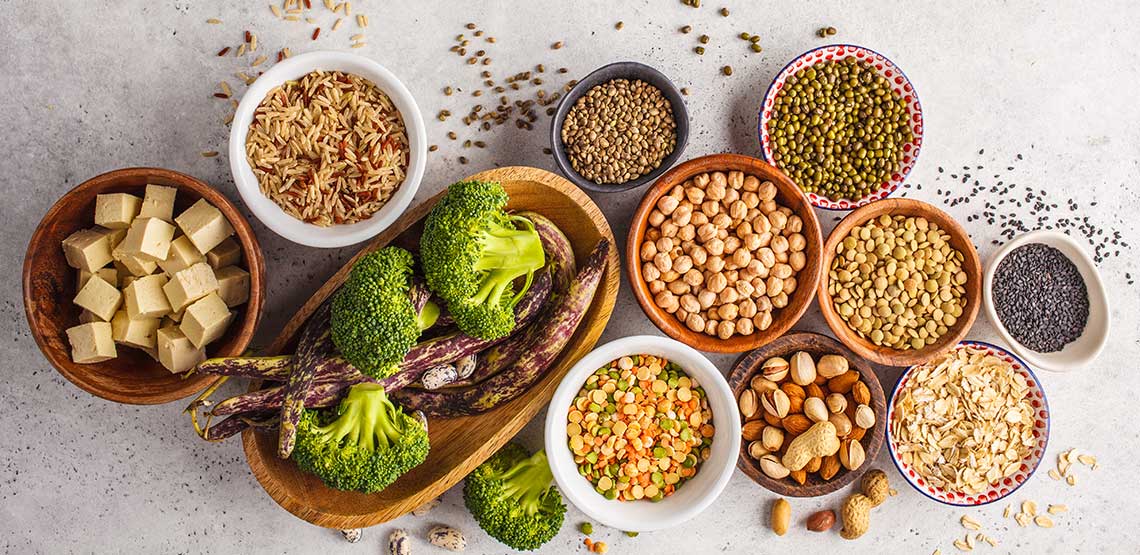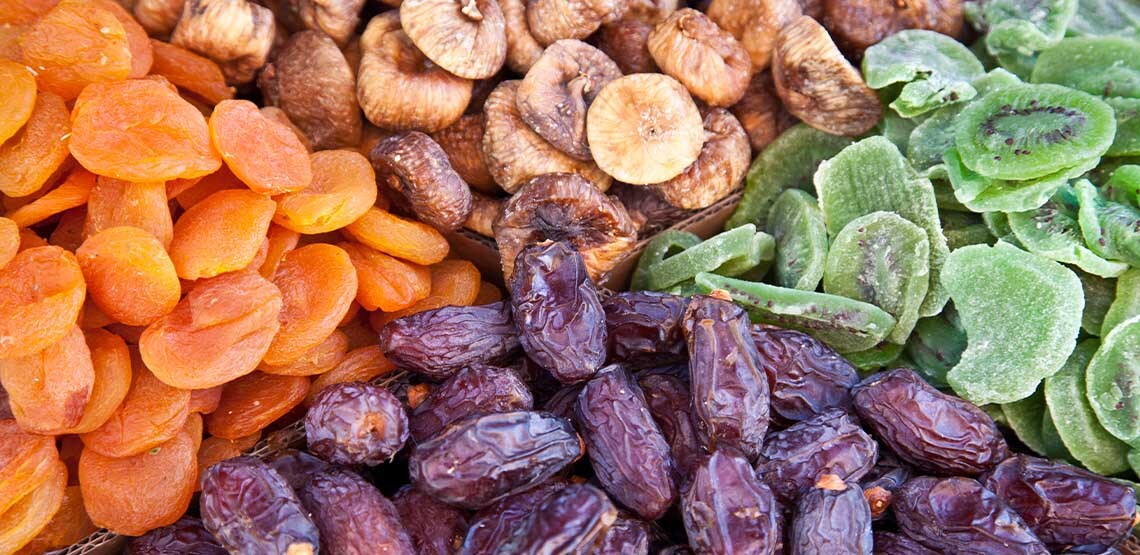Everything You Need to Know About Adding Meat Substitutes to Your Diet
There are many reasons why you might choose to cut meat from your diet. For some, it’s an ethical or religious choice. Others are looking to improve their health, perhaps lose weight, or reduce their cholesterol or saturated fat intake.
Since meat can cause inflammation in the body and contribute to rates of many chronic diseases, the health benefits of eating less meat are substantial.
Meat substitutes are also a more environmentally friendly choice. The carbon footprint of animal agriculture has a significant drain on the planet’s resources, and studies have shown that if every American alone gave up just one hamburger’s worth of meat per week, it would equate to taking 10 million cars off the roads.
For these reasons, more and more people are cutting back on eating meat, or giving meat up entirely. Recent data shows between 30% and 50% of the general population is interested in cutting down on meat.
With this dramatic rise in the interest to forgo meat, many meat substitutes have emerged on the market in recent years, in addition to staples that vegetarians and vegans have always relied on.
Options for Meat Substitutes
Mock Meats
Most major grocery stores now have a section that is designated for mock meat products. Examples include veggie burgers and meatless hot dogs, soy or gluten-based products ranging from meatballs to chicken patties, and even faux fish fillets, ground beef, and sausages.
Most mock meats contain protein from soy, gluten protein, pea protein, or some combination. Many of these options are also becoming widely available in restaurants and fast food restaurants as the demand continues to grow.
Beans
Black beans, chickpeas, fava beans, kidney beans, and lima beans are just some of the many options that can add a hearty dose of protein, iron, and fiber to any dish. Incredibly budget-friendly, easy to find, and versatile, beans are a long standing meat-alternative that can be used in hundreds of dishes.
Lentils
A staple of meat-free diets, and a super food for health thanks to their high iron and protein content, lentils are a budget-friendly and versatile meat alternative. They can be enjoyed plain or with grains, on a salad, or in soups, pasta sauce, as taco “meat,” or even baked into faux meatballs or loafs.
Tofu & Tempeh
Both of these meat alternatives are made through a process of fermenting soybeans. Tempeh has a slightly nuttier, chewier consistency than tofu, which is easy to mash, scramble, or blend into dishes. Both take on any flavor they’re cooked in, and provide large amounts of protein.
Jackfruit, Mushrooms, or Other Produce
Most people wouldn’t think of produce as a viable meat substitute, but there are many ways to creatively use foods like jackfruit or portobello mushrooms to create a meaty texture and flavor. For example, jackfruit can be cooked, shredded, and seasoned to mimic pulled pork, and portobello mushrooms make a meaty textured burger patty or “steak” when grilled.
Related Search Topics (Ads)
Are There Drawbacks to Giving up Meat?
With so many pros to giving up or reducing meat, such as lower cholesterol, saturated fat, and sodium, the decrease of environmental resources and animal cruelty, there are relatively few drawbacks to this choice.
Of course, before making any dietary change, you should consult with a nutritionist or doctor who knows your full health history and can make sure the new style of eating is a fit for you.
The most common potential pitfall to choosing meat substitutes is the potential to miss out on certain nutrients or minerals like iron, B12, protein, or calories in general.
If you’re looking to make this change, you may find you need to eat larger servings to fill the gap in your diet when you remove meat. For example, a standard sized serving of chicken breast you’re used to eating packs in a lot more calories and protein than a scoop of tofu of the same size. It can be helpful to monitor your nutrients in a calorie counting app or food journal while making the transition to ensure you get enough nutrients.
Since meat contains large amounts of iron and B12, these are two nutrients that those who give up meat are sometimes low on. This is easily remedied by choosing iron-rich plant foods like spinach, beans and lentils, and tofu and tempeh, or taking a supplement if necessary (many meat-eaters are actually still low on B12, too.)
Getting Enough Protein
Though many worry that giving up meat will create a protein deficiency, this is actually very rare. The RDA for protein is quite low, a modest 50 or so grams for the average healthy adult, which is easily met without eating meat (a serving of tofu can have as much as 20 grams, for example, and a cup of beans contains somewhere around 15 to 20 grams of protein).
Most people are over-consuming protein without even realizing it.
Watch Out for Added Ingredients
As it becomes easier to find readily available mock meats, a potential drawback is that many of these, especially the more “junk food” mock meats such as faux chicken nuggets or vegan fast food burgers, can be packed with sodium, saturated fat, and artificially processed additives.
Before automatically assuming that meat substitutes are healthier options, make sure to read labels and choose non-processed, whole food options with ingredients you recognize.
By choosing whole-food, plant-based meat alternatives you will see and experience positive health impacts, and you’ll significantly reduce your personal carbon footprint.
Some find a partial approach is more doable, such as one designated meat-free day or meal per week, and then build up from there and continue to find more meat substitutes for you and your family enjoy.
Article Resources
- Huffington Post (Is The Movement to Eat Less Meat Actually Making a Difference?)
- Truly Experiences (The Rise of Veganism in the UK in Numbers)
- Jillian Michaels (What are Benefits of Cutting Meat Out of Diet?)
- The Vegetarian Resource Group (Iron in the Vegan Diet)
- One Green Planet (The Ultimate Guide to Vegan Meats and Meat Substitutes)
- Mayo Clinic (Meatless Meals: The Benefits of Eating Less Meat)


